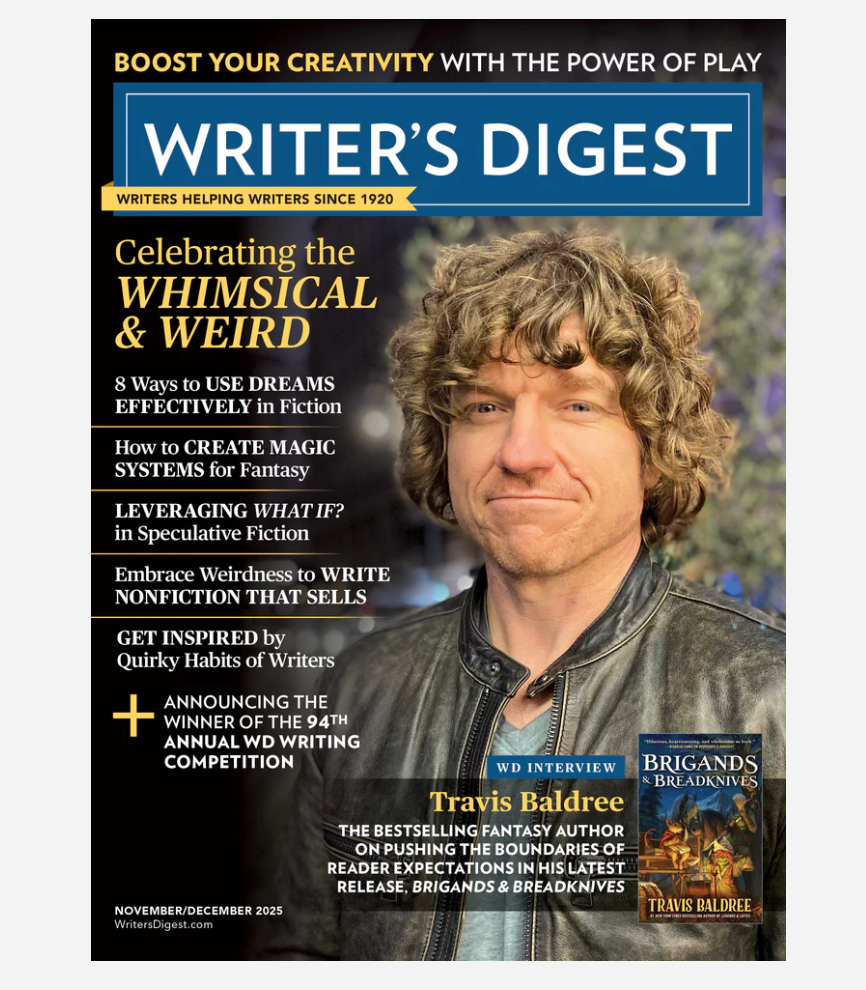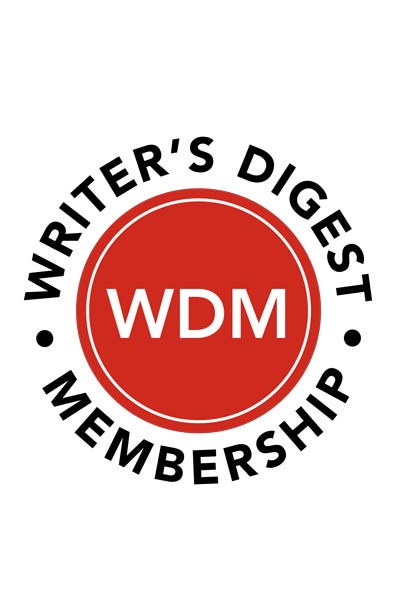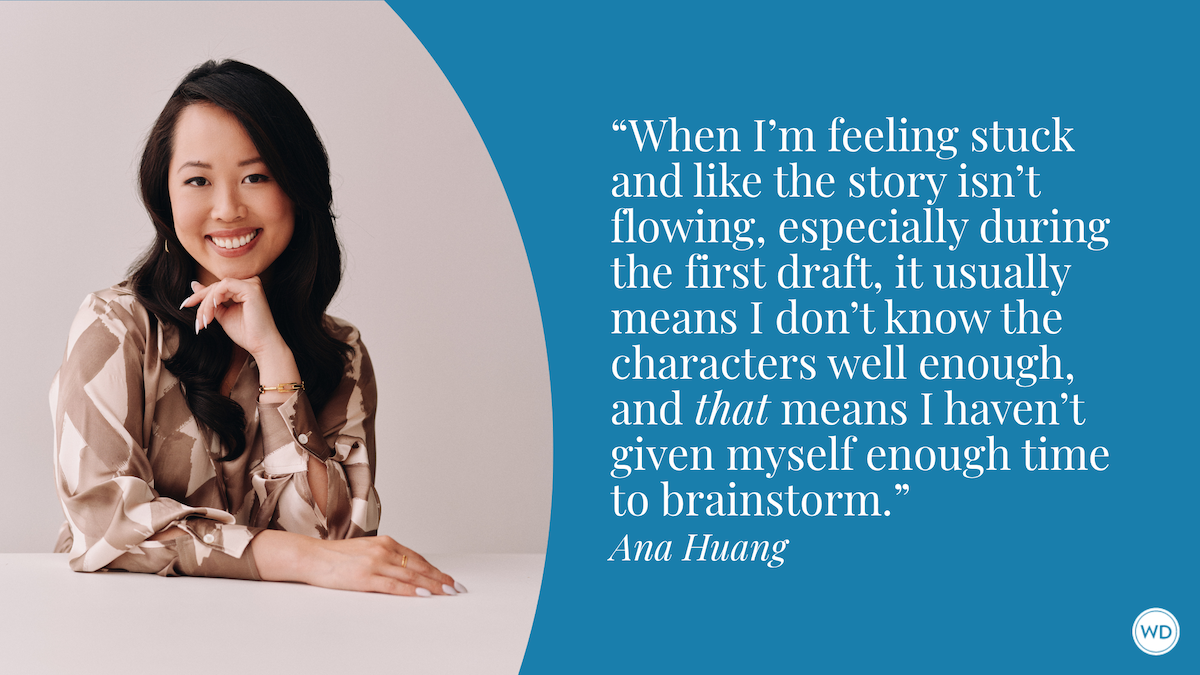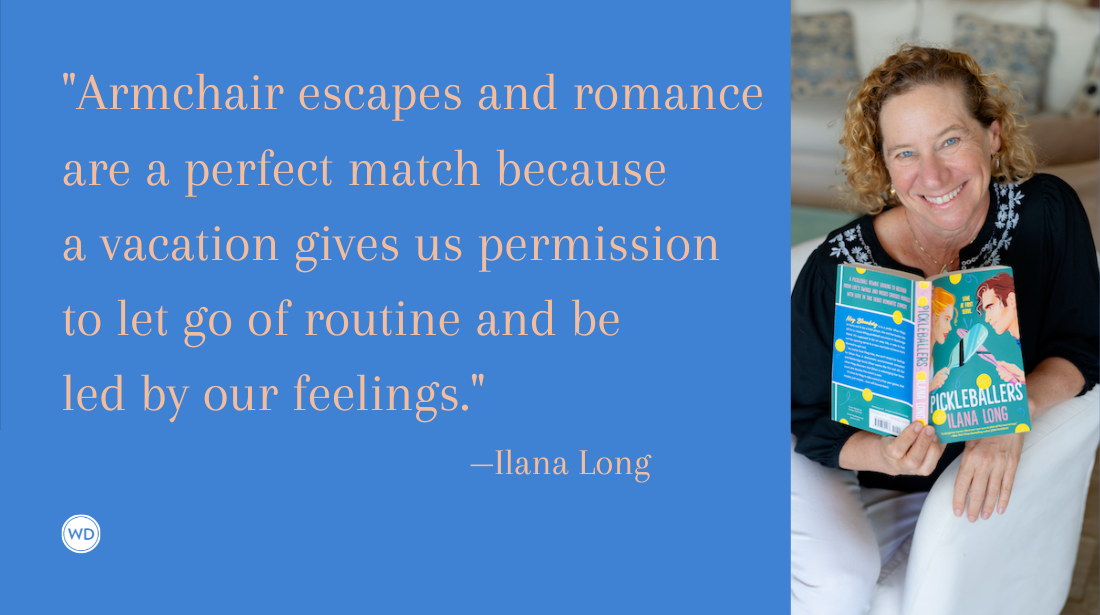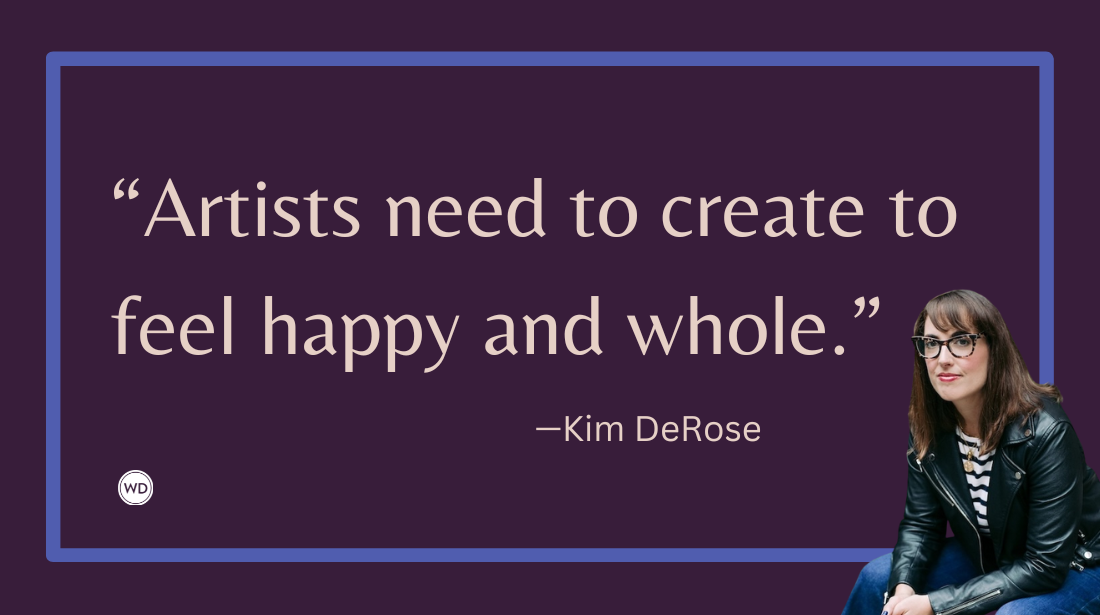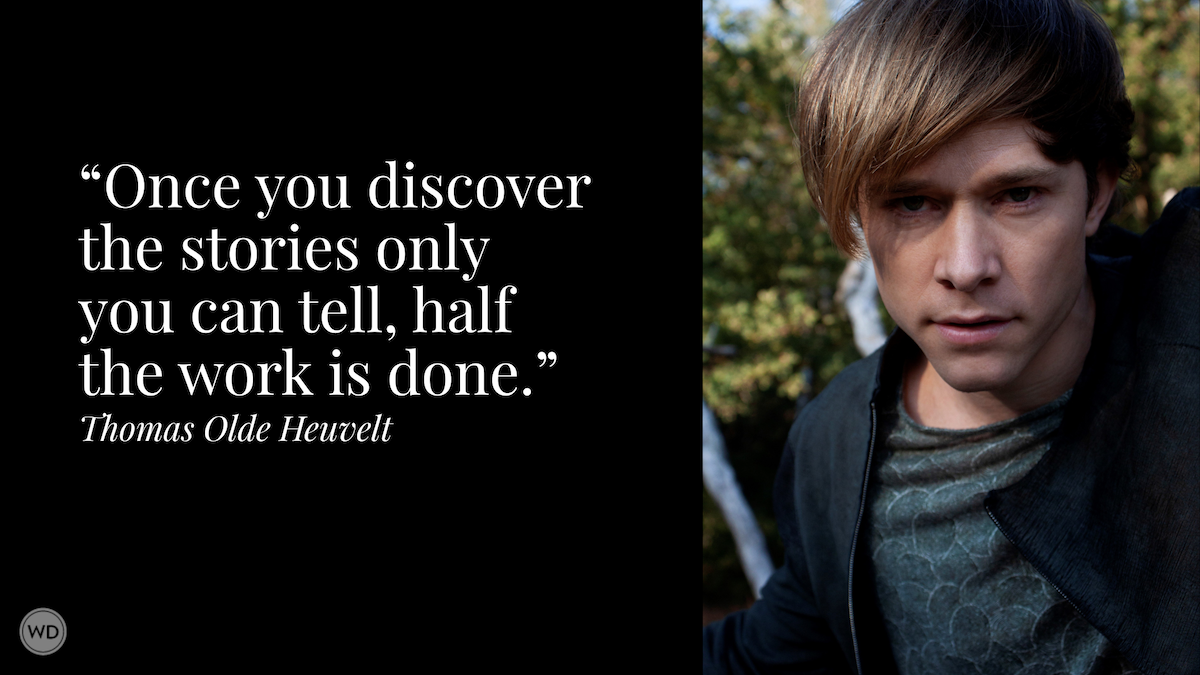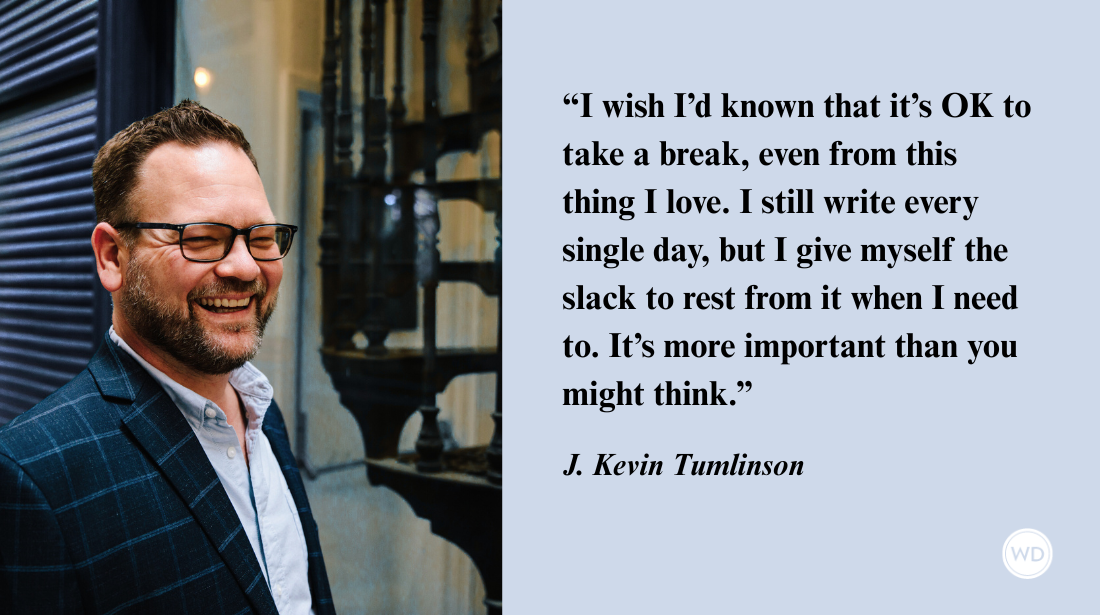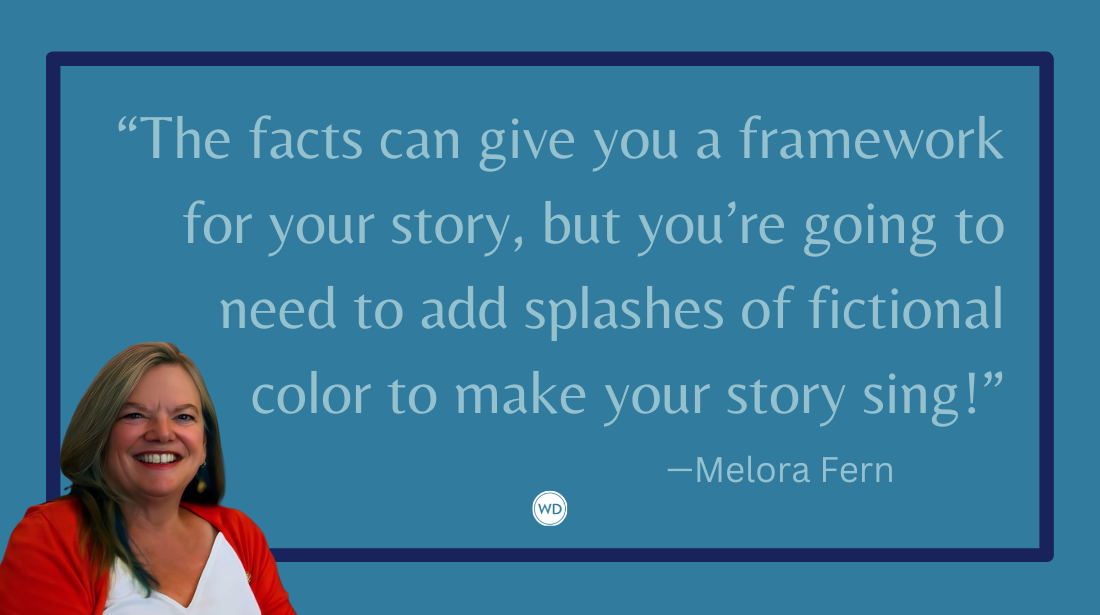5 Essential Tips for Writing Killer Fight Scenes
Author Sebastien de Castell shares his five essential tips for writing killer fight scenes by taking the focus off the fighting and putting it on how the fighting advances your story.
Fight scenes are dangerous territory for writers. On the surface, they seem as if they're guaranteed to keep the reader glued to the action in the same way as they often do at the movies. In reality, though, readers tend to skip over fight scenes—skimming the long, tedious, blow-by-blow descriptions in favor of getting back to the dialogue and character-driven drama that truly engages them in the story.
My novel, Traitor’s Blade, is a swashbuckling fantasy in which fight scenes are a crucial part of the storytelling. This means having to ensure that every piece of action is vital and engaging; it means that every duel must draw the reader in and not let them go until the end. So how do you keep the pacing, flow, and more importantly, the drama moving forward with so many fights?
5 Essential Tips for Writing Killer Fight Scenes
1. Make every fight advance the plot
No matter what you might think, violence is actually boring. Watching two hulking brutes bash at each other with clubs isn’t interesting. Only when one of the brutes is smaller, weaker, and trying desperately to stay alive long enough to let his people know that the enemy is coming does the action start to matter to the reader. But don’t just think in terms of climactic battles or killing off enemies.
Sometimes the fight provides a crucial piece of information about the antagonist such as a particular type of cut they make that could explain the wounds on a victim the protagonist discovered in the previous chapter. The fight might also wound your protagonist, slowing them down in later scenes and giving you a chance to make their lives harder and therefore increase the suspense.
2. Reveal character through action
The way your protagonist fights—and when they choose to fight or walk away—tells the reader a great deal about them. Your hero might be a skilled but reticent warrior or they could be an amateur but with a bloodthirsty streak that comes out when confronted with violence. But don’t just stop with your protagonist or their opponents.
Think about what the action reveals in those watching the fight. Does the seemingly helpful mentor figure suddenly become enraptured watching the blood flow? Do the innocent bystanders just sit there or do they scramble to help?
Fight scenes that reveal character are by far the most compelling ones for readers—they get to investigate your characters by seeing how they deal with violent situations, allowing you to follow that classic dictum of modern writing: Show, don’t tell.
3. Fulfill the promise of your book
Traitor’s Blade is a swashbuckling fantasy, so every fight has to give the reader some of that sense of wonder they first encountered watching classic adventures like the old Errol Flynn and Douglas Fairbanks films. But perhaps your genre is gritty historical fiction. If so, the last thing you want to do is break suspension of disbelief.
You have to carefully ensure that the weapons and fighting styles are true to your era. (Note: This doesn’t mean you can’t have a longsword in the 18th Century since they were around for long periods of time after their proper era, but you can’t have King Arthur swinging a rapier around in 6th Century Britain!)
*****
Push yourself beyond your comfort zone and take your writing to new heights with this novel writing workshop, designed specifically for novelists who are looking for detailed feedback on their work. When you take this online workshop, you won't have weekly reading assignments or lectures. Instead, you'll get to focus solely on completing your novel.
*****
4. Make every fight unique
I read a YA fantasy recently in which almost every fight involved the main character jumping up and spinning in the air to kick opponents in the face (usually two or three.) Regardless of how unrealistic this would be (after all, realism only matters if it’s part of the promise of your book), the fact is you probably couldn’t remember one fight from another.
By contrast, think of a movie like The Princess Bride, in which every fight is special—every conflict is resolved using different means, whether trickery or skill or simply iron-willed determination.
5. Let the reader choreograph the action
If you describe every action of the fight, not only will you bore the reader but your pacing and flow will fall apart. So think of your job not so much as having to meticulously choreograph the fight but rather to give the reader enough insight into the action that they can build the scene in their minds.
Show them early on in the fight how each weapon moves through space—make that vivid and visceral. Make the reader feel as if they could actually pick up that weapon and defend themselves even just a little bit. Then you’re free to focus on the character’s actions and reactions—making them distinct, personal, and emotionally motivated just as you do with their words.
The reader will then be able to fill in the action while you describe what your characters are saying, what they’re thinking, and what’s showing on their faces. In other words, help the reader to choreograph the fight so that you can spend your time on the drama.
This also lets you vary the length of your fight scenes, which helps to keep them from becoming predictable. In Traitor’s Blade there are fights which span an entire chapter and others which are told in four lines.
Think of it this way: Violence is dialogue. Make your fights into a conversation spoken with actions in which the real conflict is happening in the hearts of the characters and in which the reader themselves are helping to tell the story.
Sebastien de Castell had just finished a degree in archaeology when he started work on his first job. Four hours later he realized how much he hated archaeology and left to pursue a very focused career as a musician, ombudsman, interaction designer, fight choreographer, teacher, project manager, actor, and product strategist. His first novel is Traitor's Blade (Jo Fletcher Books, July 2014). The swashbuckling fantasy was praised by NPR. Connect with the author on Facebook or Twitter.


